10 Of The Best Sports Cars Honda Has Ever Produced
HONDA SPORTS CARS – These Honda sports cars have made a significant impact in the automotive industry and have garnered a loyal following across the globe.
Since the 1960s, Honda has consistently produced sports cars. While its first car designs may have drawn inspiration from European competitors, the engineering methods used were distinctly Japanese, setting them apart. Over time, these processes have been honed and new ones introduced, positioning Honda at the forefront of sports car innovation.
Even in recent times, Honda’s dedication to enhancing the latest NSX demonstrates the company’s ongoing commitment to creating top-notch sports cars. Here, we present the finest examples of the brand’s achievements thus far.
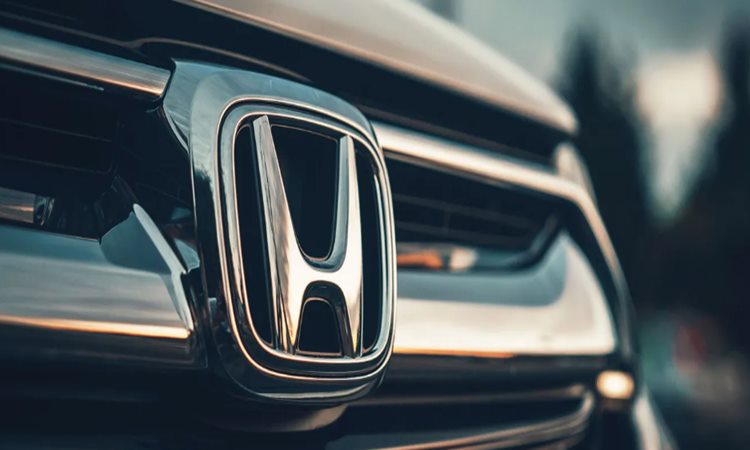
10. Honda S660
Honda’s legacy of producing compact sports cars has a rich history, but the S660 stands as their latest addition to this tradition. This vehicle was introduced exclusively in Japan for the 2015 model year, even though there were speculations about creating an international version at some point. However, the global edition never materialized, primarily because the S660, classified as a kei car, was restricted to a mere 63 horsepower and a 660cc engine, making it unsuitable for markets outside Japan.
As expected, the acceleration was relatively modest. Nevertheless, thanks to its lightweight design, the S660 held its own when navigating corners, often matching the performance of larger sports cars. Its mid-mounted engine contributed to an optimal weight distribution, and the only available transmission was a six-speed manual. Although it primarily targeted Japan’s narrow and winding roads, the S660 gained popularity, with over 30,000 units sold before its retirement in 2022.
Like its predecessor, the Honda Beat, the S660 is likely to attain cult classic status over the years. For now, it remains an affordable, diminutive roadster that embodies the pure, back-to-basic driving experience cherished by many enthusiasts.
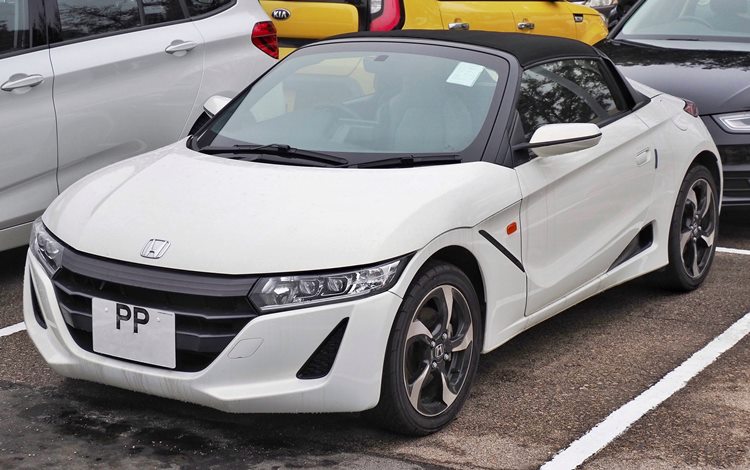
9. Honda CRX Si
While not the speediest or most adrenaline-pumping car of its time, the Honda CRX Si’s distinctive features have solidified its status as a collectible classic long after its contemporaries faded into obscurity. Although it shared the Civic’s underpinnings, the CRX boasted sportier styling inspired by the Zagato-designed Alfa Romeo Junior. The Si trim represented the top-tier variant, delivering 91 horsepower in the U.S. market.
Moreover, it came equipped with several enhancements beyond the standard CRX, including a sunroof and rear window wipers. These may seem minor, but they proved enticing to buyers, making the Si a sales success upon its 1985 debut. It remains the most sought-after iteration of the CRX, and like many Japanese classics, its resale value continues to climb.
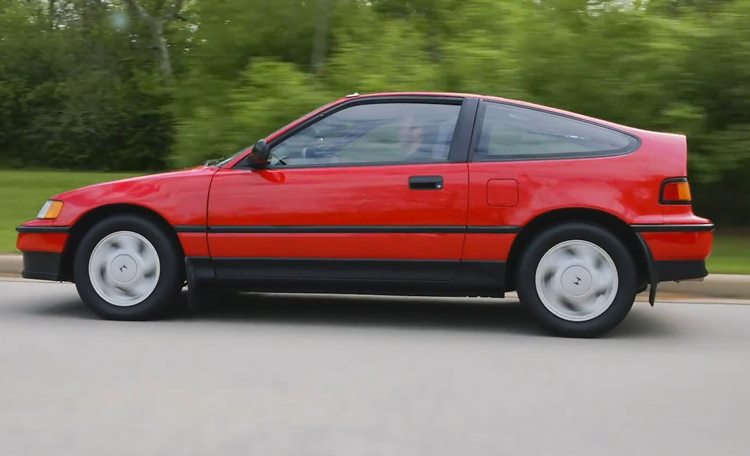
8. Honda NSX (NC1)
The second-generation Honda NSX, marketed as an Acura in North America, sparked controversy. It had large shoes to fill, as the first-generation NSX is renowned as one of the most influential Japanese cars of its era. The new model offered a blend of technology, practicality, and performance through its hybrid powertrain and abundant driving aids. However, it failed to capture the hearts of some enthusiasts.
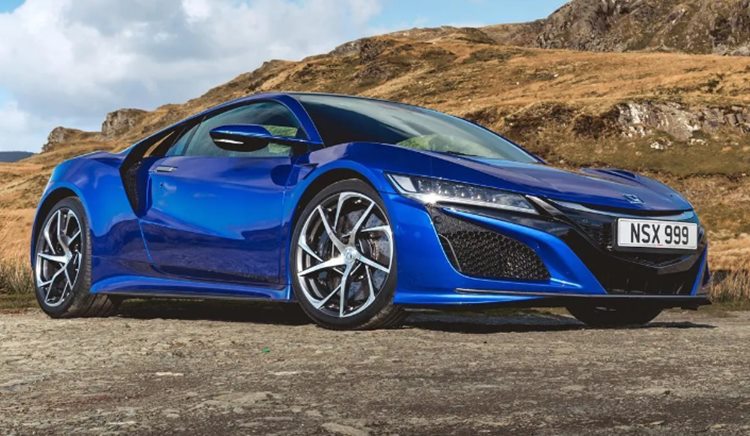
7. Honda Civic Type R (EK9)
The inaugural Civic to bear the Type R badge was the EK9, and despite not meeting today’s exceptional performance standards, it remains one of the standout hot hatches from its era. Its 1.6-liter engine produced 182 horsepower, nearly double the base Civic’s output at the time. This engine was purpose-built for the Type R, delivering peak torque at 7,500 rpm and peak horsepower at 8,200 rpm. It was a car designed to be driven hard, and many owners did just that. Consequently, only a limited number remain in pristine condition today.
Initially, the first-generation Type R was exclusively available in Japan, although several units have found their way to various international markets over the years. Approximately 16,000 units were sold during its initial production run, but many have succumbed to rust, wear and tear, accidents, or a combination of these factors.
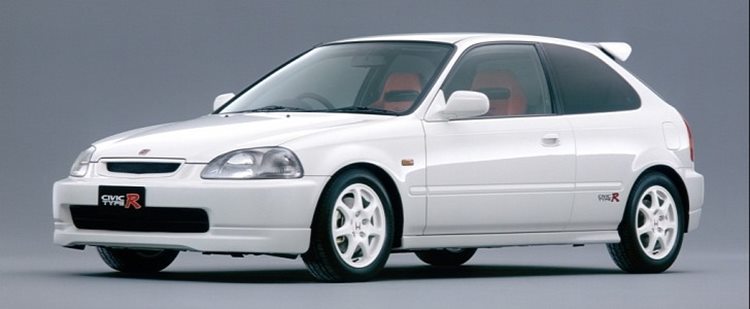
6. Honda S2000
The allure of the Honda S2000 extended beyond its high-revving engine; indeed, few contemporary powerplants can match the distinctive driving experience it offered. While the engine faced initial criticism for its lack of low-end power, the later 2.2-liter version partially addressed this limitation. Nonetheless, some journalists and enthusiasts remained unsatisfied, which was perhaps inevitable given the S2000’s unparalleled uniqueness in the market at the time.
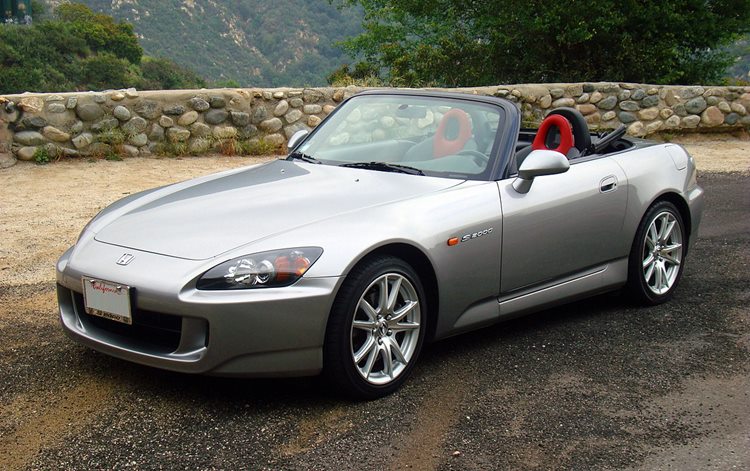
5. Honda Civic Type R (FL5)
The latest iteration of the Honda Civic Type R (FL5) maintains the impressive performance legacy of its predecessors. With a 2.0-liter turbo-four engine delivering 315 horsepower and 310 pound-feet of torque, it continues to be a formidable track day machine. Even in wet conditions during our test drive, the FL5 demonstrated its track prowess while still striking a harmonious balance between performance and everyday comfort on the road. Notably, the six-speed manual transmission stood out for its smoothness and user-friendly rev-matching assist. While its price tag of approximately $43,000 might not scream “bargain,” especially for a Civic, it remains a worthwhile investment for those seeking a versatile vehicle capable of excelling both on the track and in daily driving.
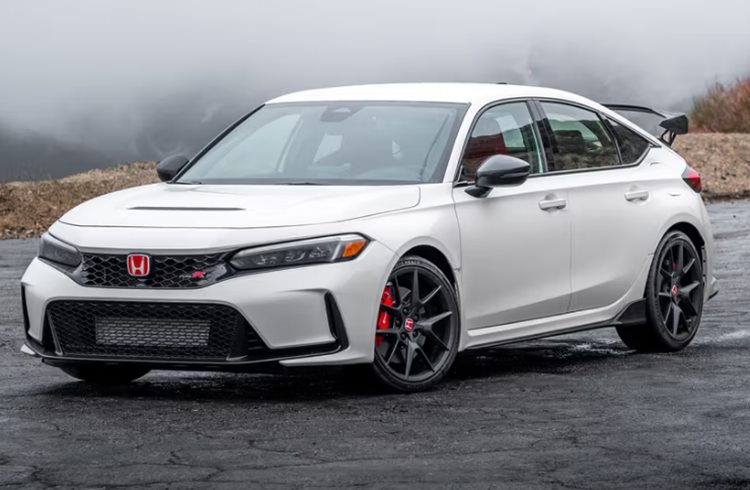
4. Honda S500
Honda introduced its inaugural passenger car, the S500, as a sports car in 1962. Interestingly, it made its debut at the 1962 Tokyo Motor Show, conveniently positioned near Toyota’s first sports car, the Sports 800. The S500 earned its name from its engine’s displacement, initially measuring 492cc in the prototype but later expanding to 531cc for production. To generate buzz before its launch, Honda organized a contest inviting the public to guess the car’s starting price, attracting over 5 million entries. Predictably, the actual price of ¥459,000 (around $16,250 in today’s currency) turned out to be lower than most had anticipated.
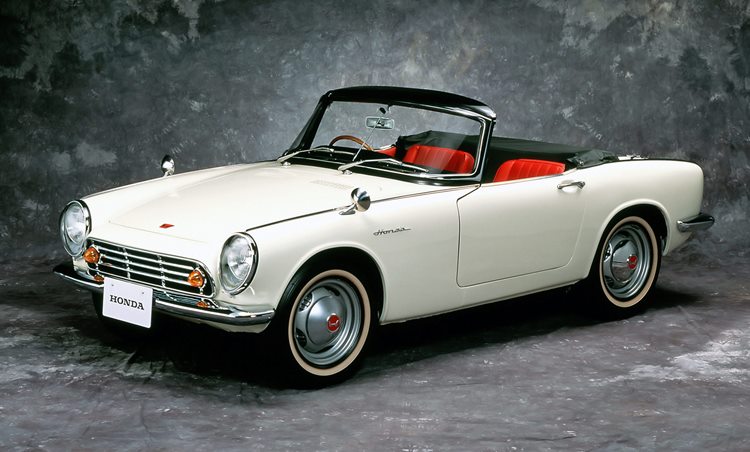
3. Honda Integra Type R (DC2)
Among Honda’s impressive lineup of front-wheel drive sports cars, the DC2 Integra Type R stands out as one of the finest examples. It’s widely regarded as one of the best-handling front-wheel drive vehicles ever created, despite its relatively modest power output of 187 horsepower. The key to its success lies in its lightweight and minimalist design, featuring only essential components. Additionally, Honda’s engineers infused some sort of chassis magic into it during the ’90s. The Integra Type R gained popularity among enthusiasts, particularly those who enjoy modifying cars, leading to a scarcity of stock, well-preserved examples. While clean models command a premium on the resale market, they are still attainable, making the Integra Type R a must-drive car for fans of Japanese Domestic Market (JDM) vehicles, Honda enthusiasts, and connoisseurs of front-wheel drive performance.
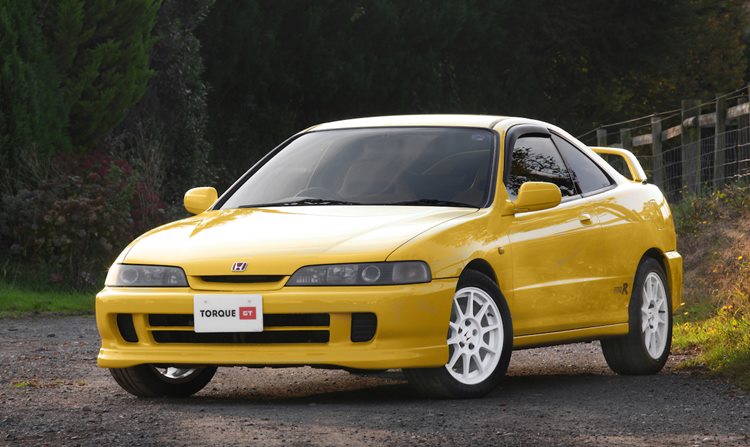
2. Honda S800
Evolving from the S500 and S600, the S800 marked Honda’s entry into the global sports car market. This compact car was available in both Western export markets and Japan, boasting a consistent 791cc engine across all regions. While the engine’s output was around 70 horsepower, the S800’s lightweight construction, weighing just 1,700 pounds, made it agile and enjoyable to drive. Notably, its distinctive engine sound, thanks in part to an 8,500 rpm redline, added to its charm. Although it bore a resemblance to British sports cars of its time at first glance, its true innovation was found under the hood.
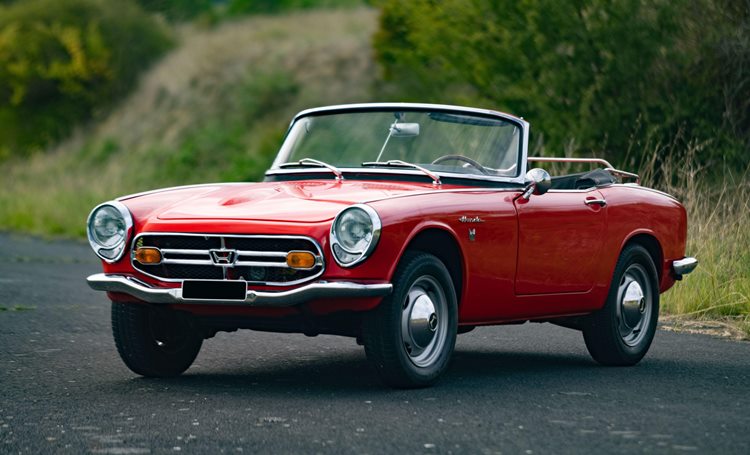
1. Honda NSX (NA1/NA2)
The original Honda NSX (NA1/NA2) stands as one of Honda’s most influential models, reshaping the sports car industry upon its 1990 debut. Its design and versatility served as a blueprint for the McLaren F1, and its performance pushed Ferrari to elevate its game with the F355. Additionally, the NSX played a pivotal role in establishing the Acura brand in the United States. It comes as no surprise that as collector demand rises and the availability of pristine examples diminishes, prices for the NSX are on an upward trajectory.
The NSX’s design, inspired by the F16 fighter jet, set it apart from other cars on the market. Its construction was similarly groundbreaking, featuring an aluminum monocoque chassis that reduced weight without compromising structural integrity. Despite its era, the NSX delivered an impressive performance, even if it may not seem as remarkable by today’s standards.
Arguably, the NSX’s greatest achievement was catalyzing innovation among other automakers. With this futuristic and versatile car available, Honda’s competitors suddenly appeared outdated. This prompted a period of intense development, ultimately leading to the birth of the hypercar. The NSX played a pivotal role in shaping the future of high-performance automobiles.
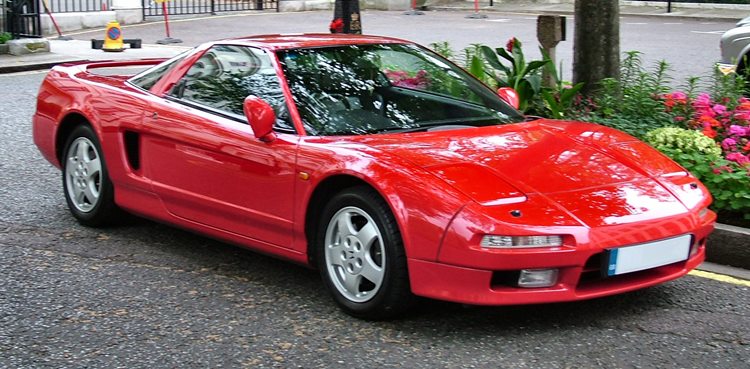
Please like and follow/subscribe:
Newspapers.ph
Newspapers YouTube Channel
Newspapers Facebook Page
